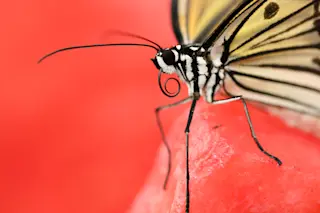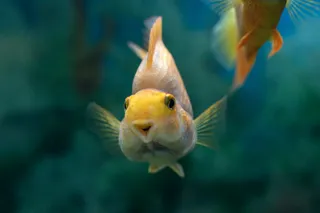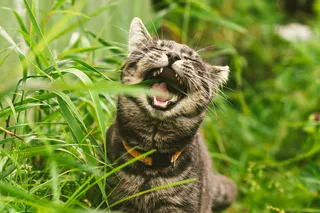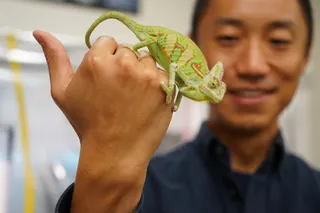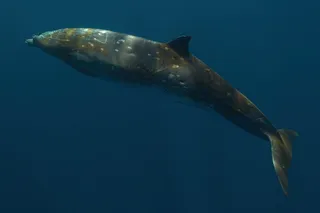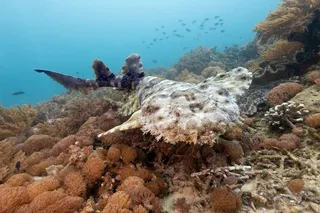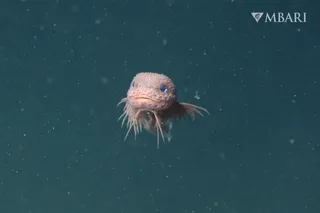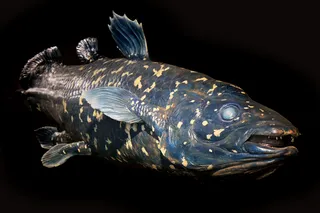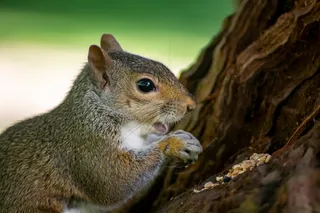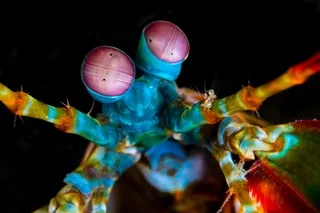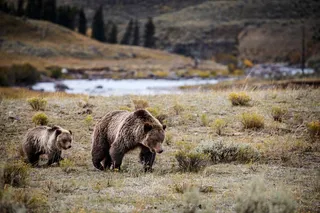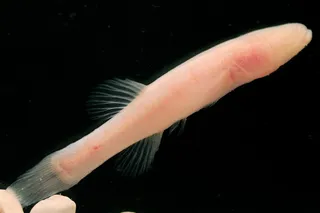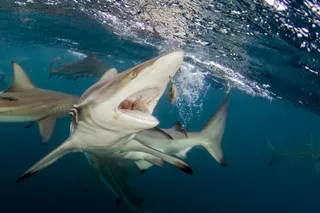Interesting things can hide in preserved dung. Besides offering clues about long-gone vegetation, almost anything that gets trapped in ancient feces and stands the test of time can give us a glimpse into prehistoric life. The latest example? A tiny treasure buried in 236-million-year-old poop.
It might not be as glamorous as a bug in amber, but this dung fossil, likely left behind by a hippo-sized herbivore in what is now Argentina, contains the oldest physical evidence of butterflies or moths ever discovered. According to researchers from Argentina’s Regional Center for Scientific Research and Technology Transfer of La Rioja (CRILAR), this find, published with the Journal of South American Earth Sciences, could confirm that butterflies emerged much earlier than previously thought, right after the biggest extinction event in Earth’s history.
Butterfly Fossil Gap
Roughly 250 million years ago, life on Earth came dangerously close to ending. The end-Permian mass extinction wiped out around 90 percent of all species and triggered a slow and chaotic recovery. As ecosystems rebuilt themselves in the Early Triassic, new groups of insects began to evolve, likely in response to changes in the plant world.
While genetic data had hinted that butterflies (more broadly, lepidopterans) might have emerged around 241 million years ago, the oldest physical fossils we had only dated back 201 million years, to the early Jurassic. There was a 40-million-year gap in the fossil record — until now.
Read More: The Late Permian Mass Extinction Explained
Inspecting Dung Fossils
The key to solving this evolutionary mystery came from an unlikely place: a fossilized poop deposit in Talampaya National Park, Argentina. Excavated by CRILAR paleontologists starting in 2011, the site was identified as a prehistoric communal latrine, an area where plant-eating animals would repeatedly return to do their business. Such behavior is still observed in some herbivores today and may have served both social and defensive purposes.
When scientists began inspecting the dung fossils (formally known as coprolites) under the microscope, they found something surprising: tiny, ornate scales less than 200 microns long (or about the width of two human hairs), the kind typically found on the wings of butterflies and moths. These hollow, patterned scales are a defining feature of lepidopterans. The structures were unique enough to prompt researchers to name a new species: Ampatiri eloisae.
This discovery places lepidopterans squarely in the Triassic Period, about 30 to 40 million years earlier than previously proven.
Butterflies Before Flowers
The implications go beyond just pushing back the timeline. The researchers believe Ampatiri eloisae may have belonged to a subgroup of lepidopterans called Glossata, characterized by a proboscis, the long, tube-like tongue used by modern butterflies and moths to suck up nectar, typically from flowers.
In the Triassic, however, forests only consisted of conifers and cycads; flowers didn’t even exist yet. These nonflowering plants secreted sugary droplets for pollination — tiny treats that would’ve been a perfect food source for early proboscis-bearing insects. That means the butterfly’s signature feeding structure likely evolved not for flowers, but for these ancient nectar substitutes.
Based on this, the researchers estimate that the proboscis may have first evolved between 260 and 244 million years ago, right after the mass extinction. That adaptation may have helped early butterflies and moths survive the harsh new world, allowing them to feed off pollination drops and setting the stage for a future partnership with blooming flowers, which wouldn’t appear until nearly 100 million years later.
While a full-body fossil would offer even clearer insight, these minuscule scales give us a remarkable piece of the evolutionary puzzle. Not only do they suggest that butterflies are much older than we thought, they also show how life bounced back after Earth’s worst-ever extinction, slowly reshaping into the vibrant ecosystems we see today.
Read More: The Butterfly with a Dozen Disguises
Article Sources
Our writers at Discovermagazine.com use peer-reviewed studies and high-quality sources for our articles, and our editors review for scientific accuracy and editorial standards. Review the sources used below for this article:
Britannica: Major Mass Extinctions
Journal of South American Earth Sciences: Back to the poop: the oldest hexapod scales discovered within a Triassic coprolite from Argentina
Nature Scientific Reports: The oldest known communal latrines provide evidence of gregarism in Triassic megaherbivores



